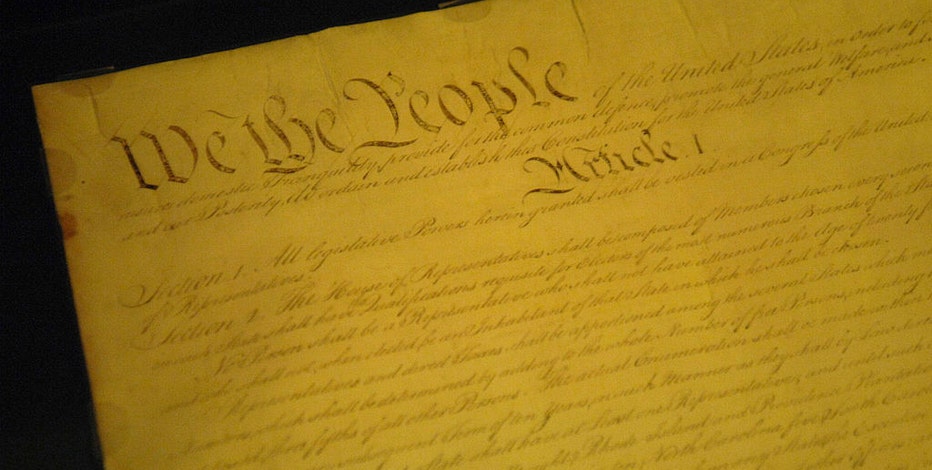
FILE-The Constitution of the United States is stored under glass in the rotunda of the National Archives. (Photo By Tom Williams/Roll Call/Getty Images)
If you have expertise in reading cursive, then there’s an opportunity that might pique your interest.
The National Archives is looking for someone who can transcribe (or classify) more than 200 years’ worth of U.S. documents.
Which historical documents must be transcribed?
A team within the federal agency is looking for volunteers to read and transcribe records from Revolutionary War pension records that include applications and other records related to claims for pensions and bounty land warrants. Other historical materials include immigration documents from the 1890s and Japanese evacuation records.
What they're saying:
Suzanne Isaacs, a community manager with the National Archives Catalog in Washington, D.C., tells USA Today in an interview that volunteers will help the agency transcribe or tag records in their catalog. They can simply pick a record that hasn’t been worked on, and it only requires a half hour a day or week to do it.
The National Archives is collaborating with the National Parks Service ahead of the nation's 250th birthday for a project, and they are reaching out to volunteers for assistance transcribing these documents.
RELATED: Which US states still require students to learn cursive handwriting?
How can I apply?
What you can do:
People interested in participating can sign up online at the National Archives website. There is no application to fill out, and all you have to do is register for a free user account in order to contribute to the National Archives Catalog, by clicking on the Log in / Sign Up button.
Is Cursive still required in schools?
Many states are still teaching cursive to kids. California and New Hampshire became the most recent states in 2024 to pass legislation making cursive handwriting instruction mandatory.
At least 25 other states require a similar form of instruction in schools, and another five states have legislation pending, per the American Handwriting Analysis Foundation.
Meanwhile, additional states like Maine, Montana, New Mexico, Rhode Island, South Dakota, and Wyoming, leave it up to the individual school district to decide whether to require students to learn cursive.
